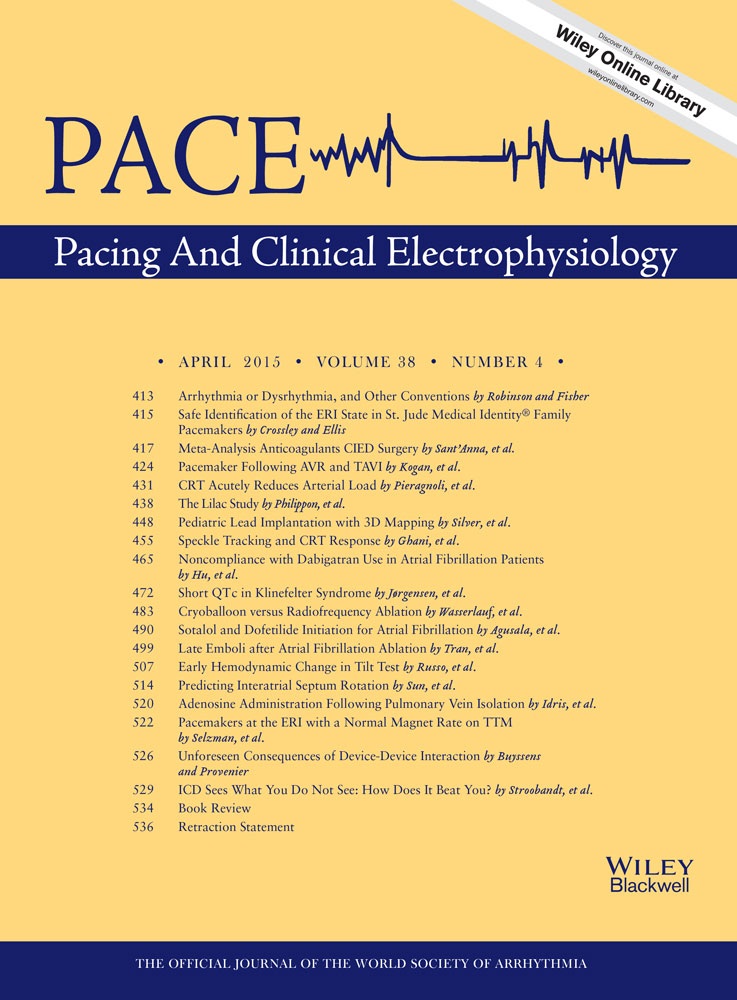Risk Prediction for Adverse Events during Initiation of Sotalol and Dofetilide for the Treatment of Atrial Fibrillation
All authors are affiliated with Northwestern University, Feinberg School of Medicine.
No grant information or support.
Conflict of Interests:
Kartik Agusala, Adam Oesterle, Chiraag Kulkarni, Timothy Caprio, Haris Subacius: None.
Rod Passman: Speakers Bureau, Pfizer.
Abstract
Background
Inpatient antiarrhythmic drug initiation for atrial fibrillation is mandated for dofetilide (DF) and is often performed for sotalol (SL), particularly if proarrhythmia risk factors are present. Whether low-risk patients can be identified to safely allow outpatient initiation is unknown.
Methods
A single-center retrospective cohort study was performed on patients initiated with DF or SL. Risk factors for adverse events (AEs), defined as any arrhythmia or electrocardiogram change requiring dose reduction or cessation, were identified.
Results
Of 329 patients, 227 (69%) received SL and 102 (31%) DF. The cohort had a mean age of 63 ± 13 years; 70% of patients were male and had a baseline QTc of 440 ± 37 ms. A total of 105 AEs occurred in 92 patients: QTc prolongation or ventricular tachyarrhythmia in 70 patients (67% of AEs), bradyarrhythmias in 35 patients (33% of AEs), with some experiencing both AE types. Ventricular arrhythmias were seen in 23 patients (7%) and torsades de pointes in one (0.3%). Total AE rates were similar between drugs (P = 0.09); however, DF patients had more QTc prolongation or ventricular arrhythmias (P = 0.001). In SL patients, there were no predictors for QTc prolongation or ventricular proarrhythmia. In DF patients, higher baseline QTc interval (odds ratio = 1.64/25 ms, P = 0.01) was an independent predictor of QTc prolongation or ventricular proarrhythmias. For patients without proarrhythmia risk factors, overall AE rate was 26%.
Conclusions
In conclusion, AEs are common during DF and SL initiation but rarely severe in hospitalized inpatients. Baseline QTc predicts AEs for DF patients only and AE are common even in “low-risk” patients. These results support in-hospital drug initiation for all DF and SL patients.




